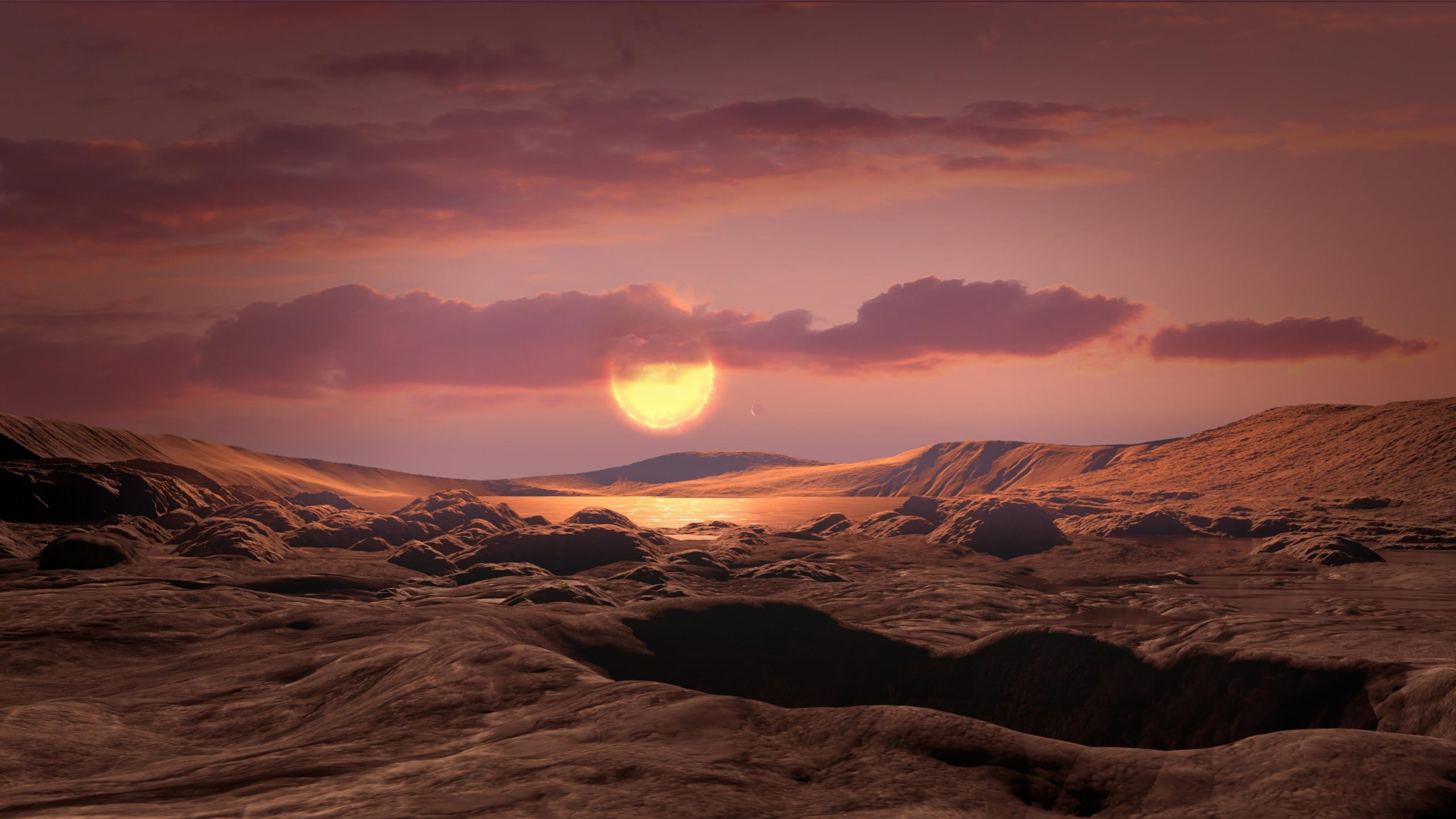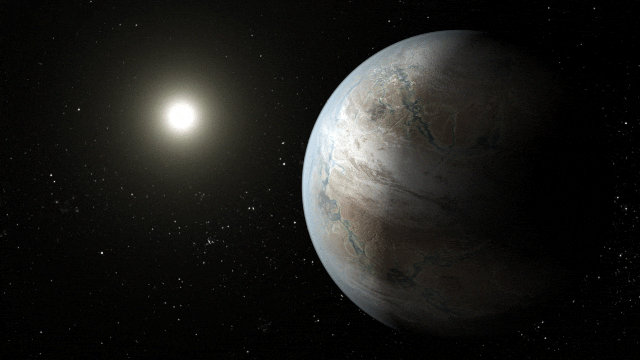The National Academies of Sciences, Engineering, and Medicine released the results of its latest decadal survey, which outlines science objectives for the astronomical community over the next 10 years. The three biggest priorities, the report says, are finding Earth-like exoplanets, better understanding the nature of the universe’s densest objects, and drastically improving our grasp on the birth and growth of galaxies.
“This report sets an ambitious, inspirational, and aspirational vision for the coming decade of astronomy and astrophysics,” said Fiona Harrison, chair of the division of physics, mathematics, and astronomy at the California Institute of Technology, and steering committee co-chair, in a National Academies press release.
“In changing how we plan for the most ambitious strategic space projects, we can develop a broad portfolio of missions to pursue visionary goals, such as searching for life on planets orbiting stars in our galactic neighbourhood — and at the same time exploit the richness of 21st century astrophysics through a panchromatic fleet,” Harrison added.
Habitable worlds are already objects of intrigue for plenty of astrophysicists, of course. Much of the search has been conducted by the Kepler Space Telescope and the Transiting Exoplanet Survey Satellite (TESS), which monitors stars to see their brightness dip as planets pass in front of them. Nowadays, we find exoplanets all the time, but hardly any of them are Earth-like enough to warrant mention of the “H” word.

Looking well ahead of existing science is the only way to see through long-term plans like the opening of the Rubin Observatory or the delivery of Martian rock samples to Earth. While NASA has its forward-looking Discovery program (basically an accelerator for proposed science missions), the National Academies survey is an independent effort that amasses opinions from hundreds of white papers, town halls, and input from 13 panels of experts. The work is a reference document for what the astronomical and astrophysical communities have their attention set on.
Besides the allure of planets that could host life, the report highlights the importance of understanding black holes and neutron stars, as their origins, growth, and collisions remain some of the most enigmatic and astrophysically intense phenomena in the known universe. Better understanding those dense objects would be a boon for understanding subatomic physics, theoretical physics, and even how the two types of objects interact, the first observation of which was made only recently.
Exploring the birth and evolution of galaxies is another key theme of the report. This research will help us understand how different elemental cocktails give way to different sorts of galaxies, and further observations by next-generation telescopes will be crucial to this effort. The Legacy Survey for Space and Time, in particular, a product of the soon-to-be-operational Rubin Observatory, will tackle these questions.
The report also suggests that NASA create new programs to mature technologies and establish new observatories, including another space telescope that would be larger than the Hubble and could observe objects in infrared, optical, and ultraviolet light. The report estimated the telescope’s cost at $US11 ($AU15) billion, with a proposed launch for the first half of 2040.
The National Science Foundation and the Department of Energy should set up a ground-based observatory for studying the earliest days of the universe, according to the survey, and they should replace two leading radio observatories with the National Radio Astronomy Observatory’s Next Generation Very Large Array. This planned array will be 10 times as sensitive as its predecessors.
Previous decadal surveys have endorsed many of the projects we know and love today, including the Mars rover Perseverance and the New Horizons mission to Pluto.
More: 7 Things to Know About NASA’s First Mission to the Jupiter Trojan Asteroids
